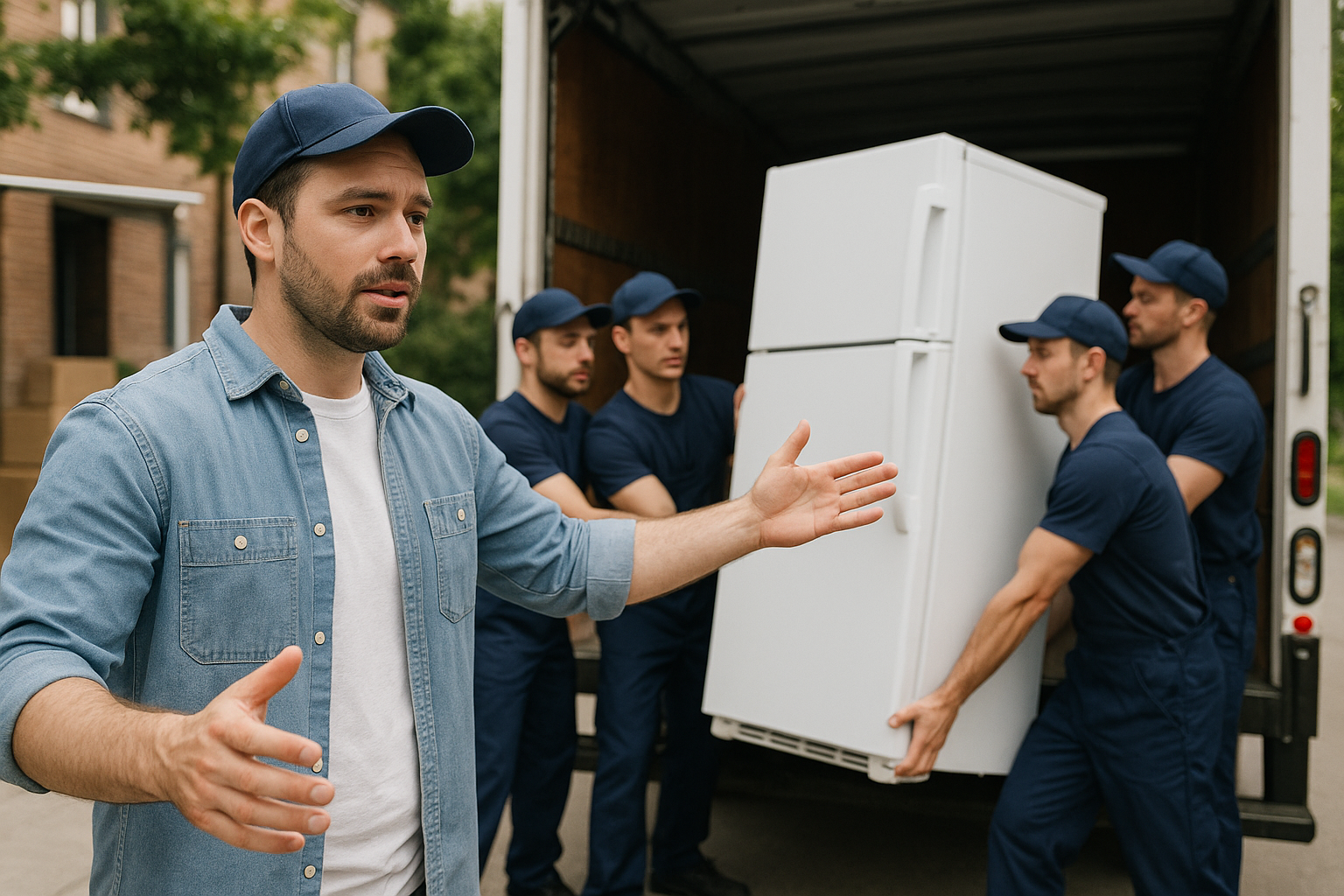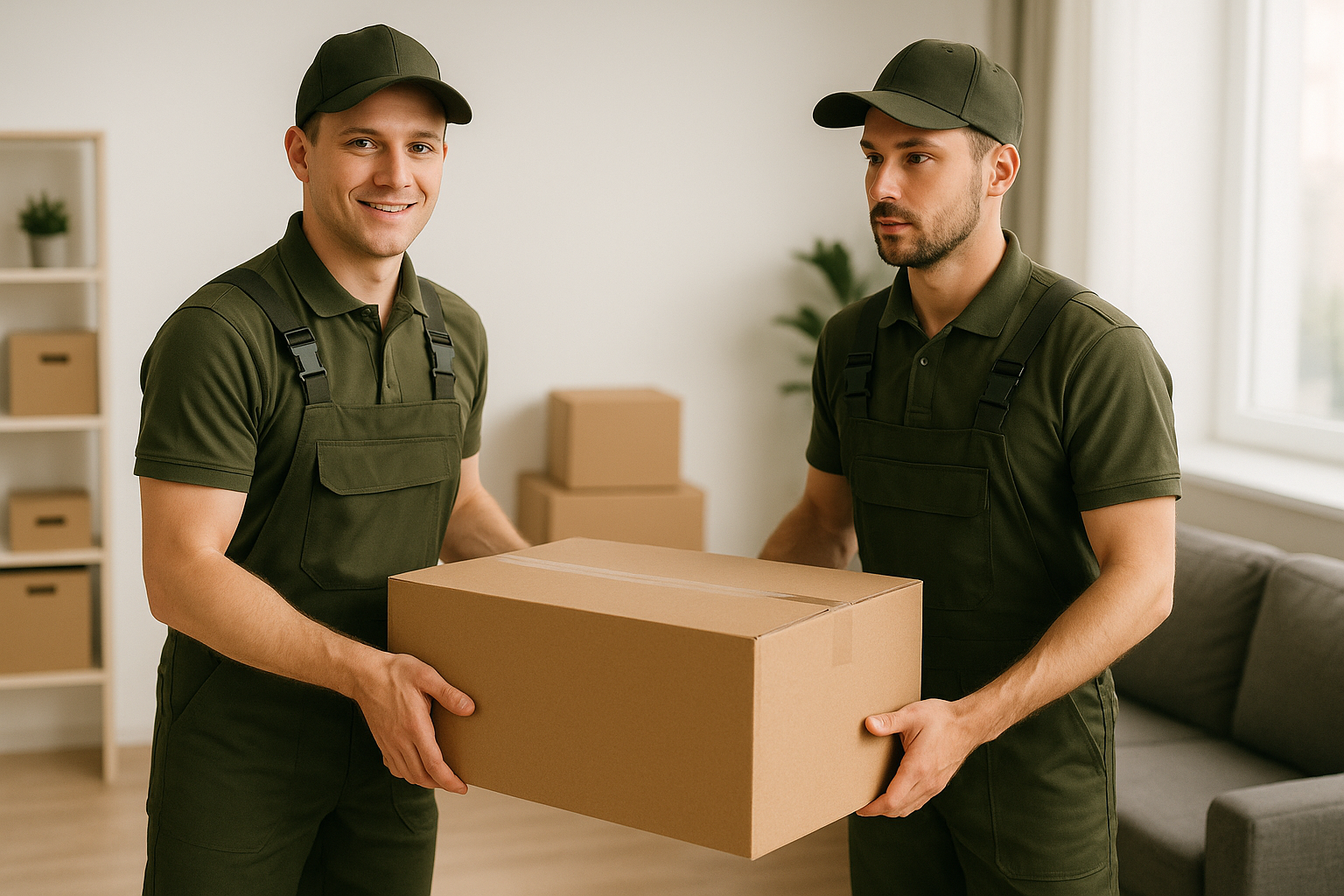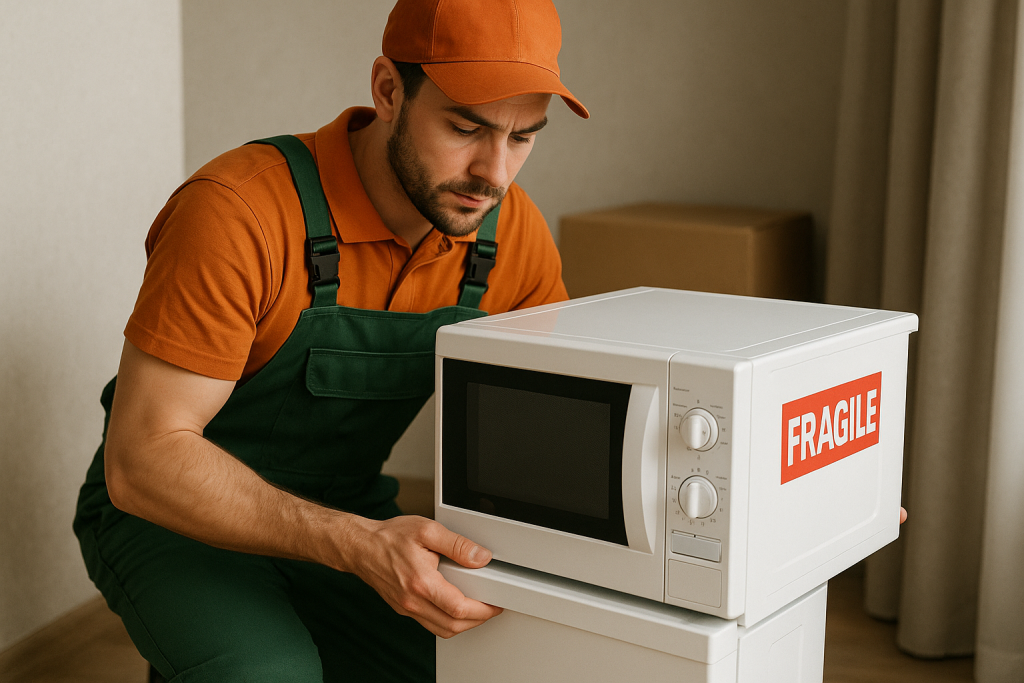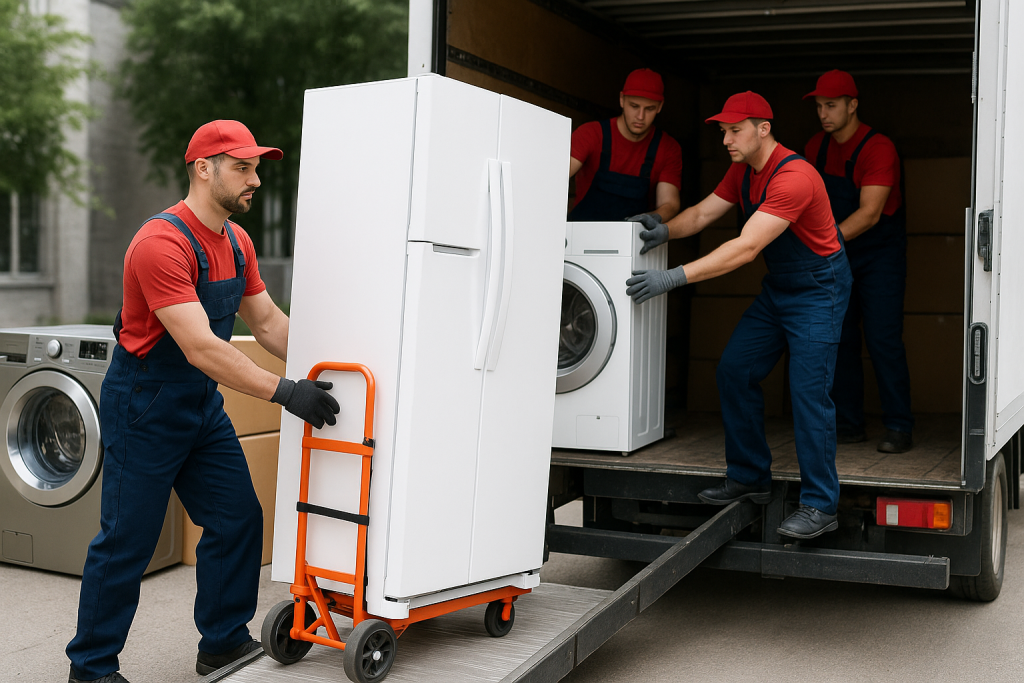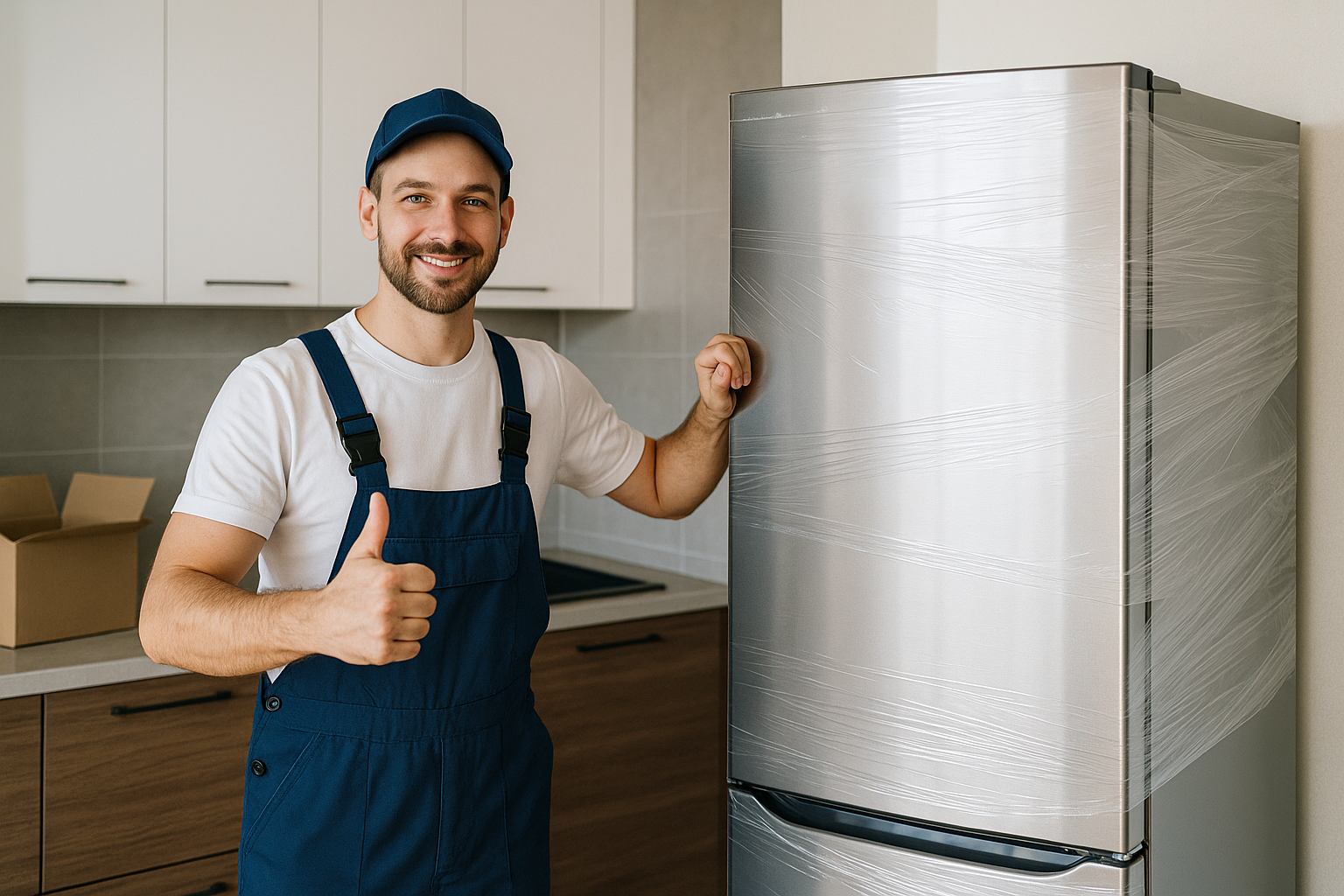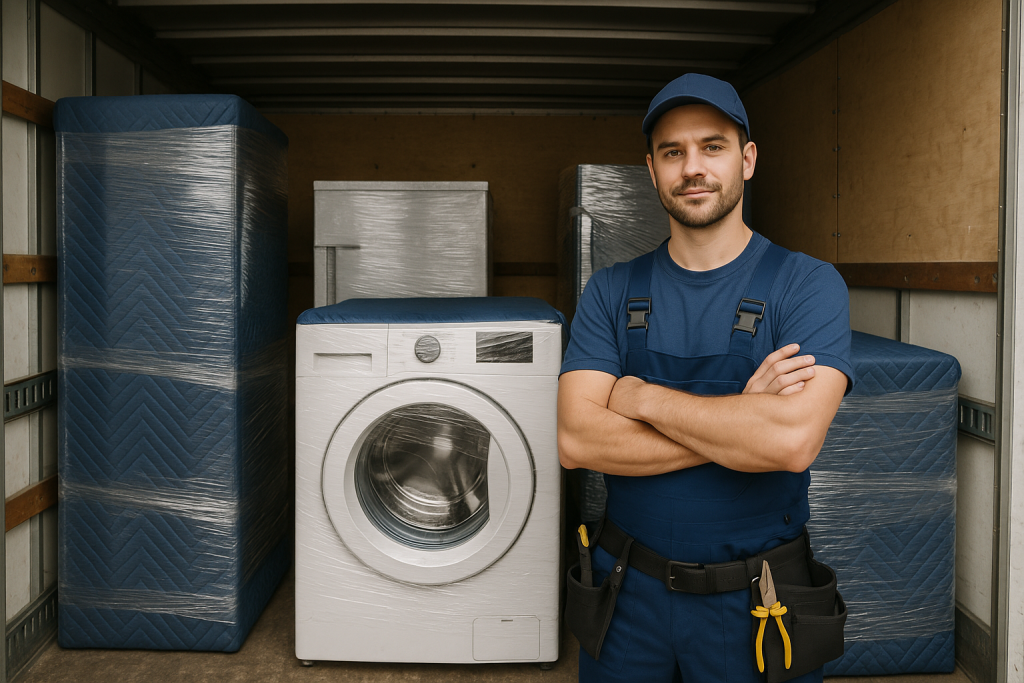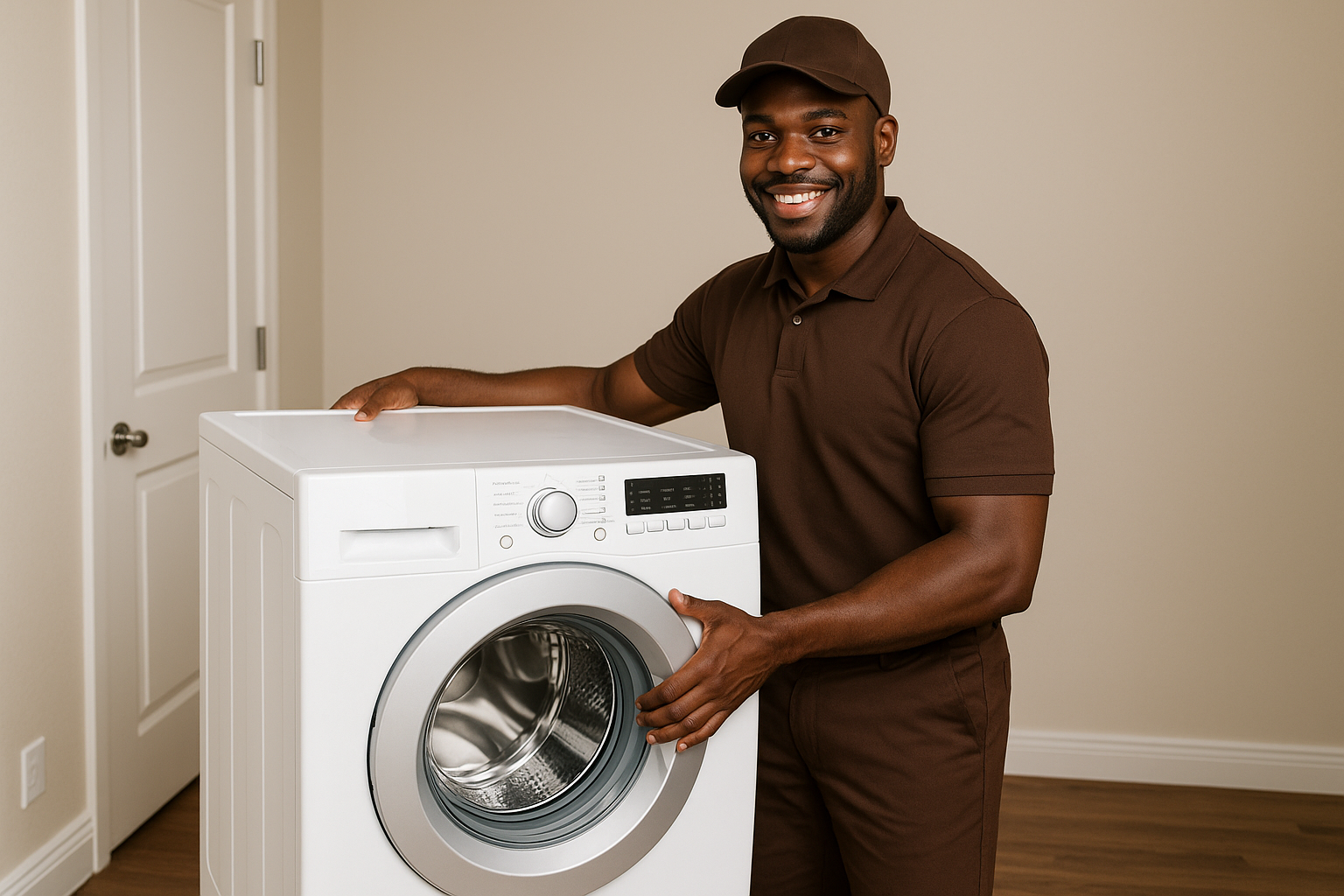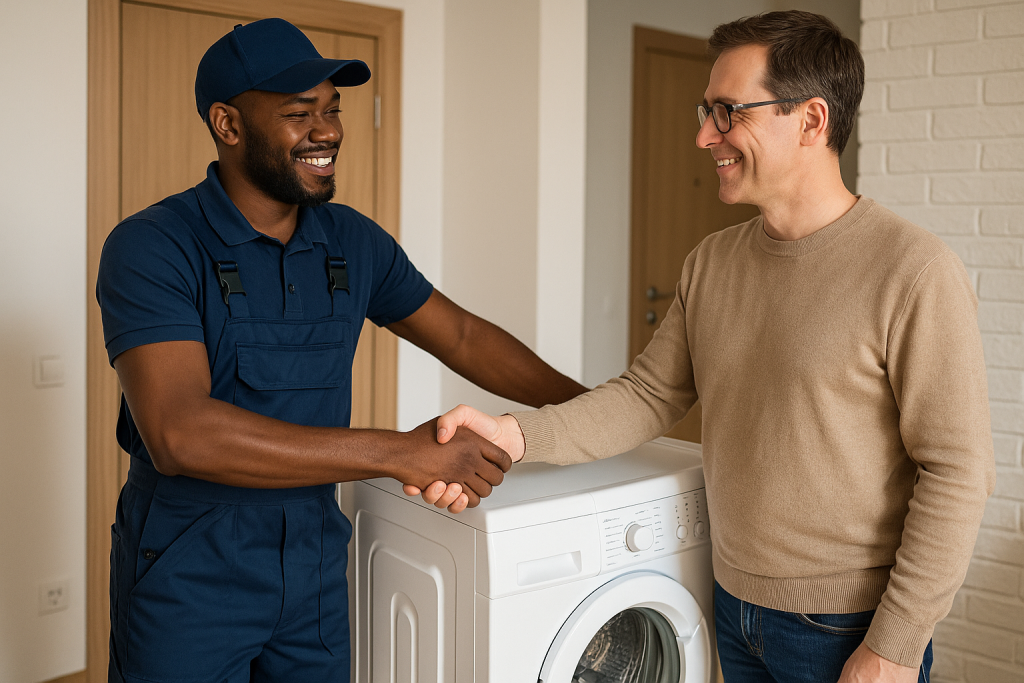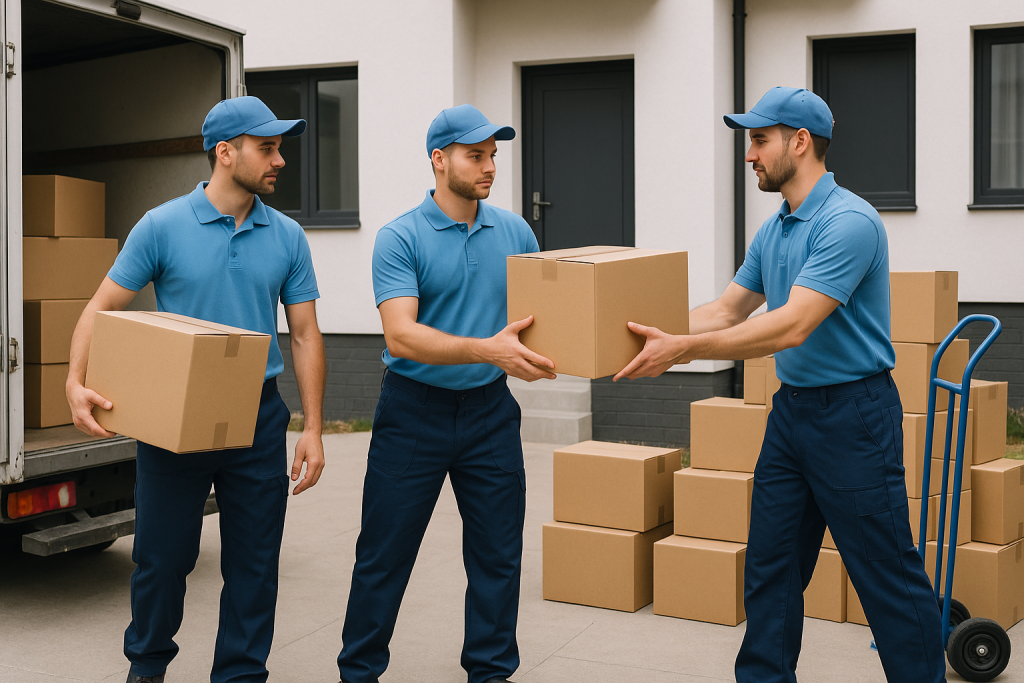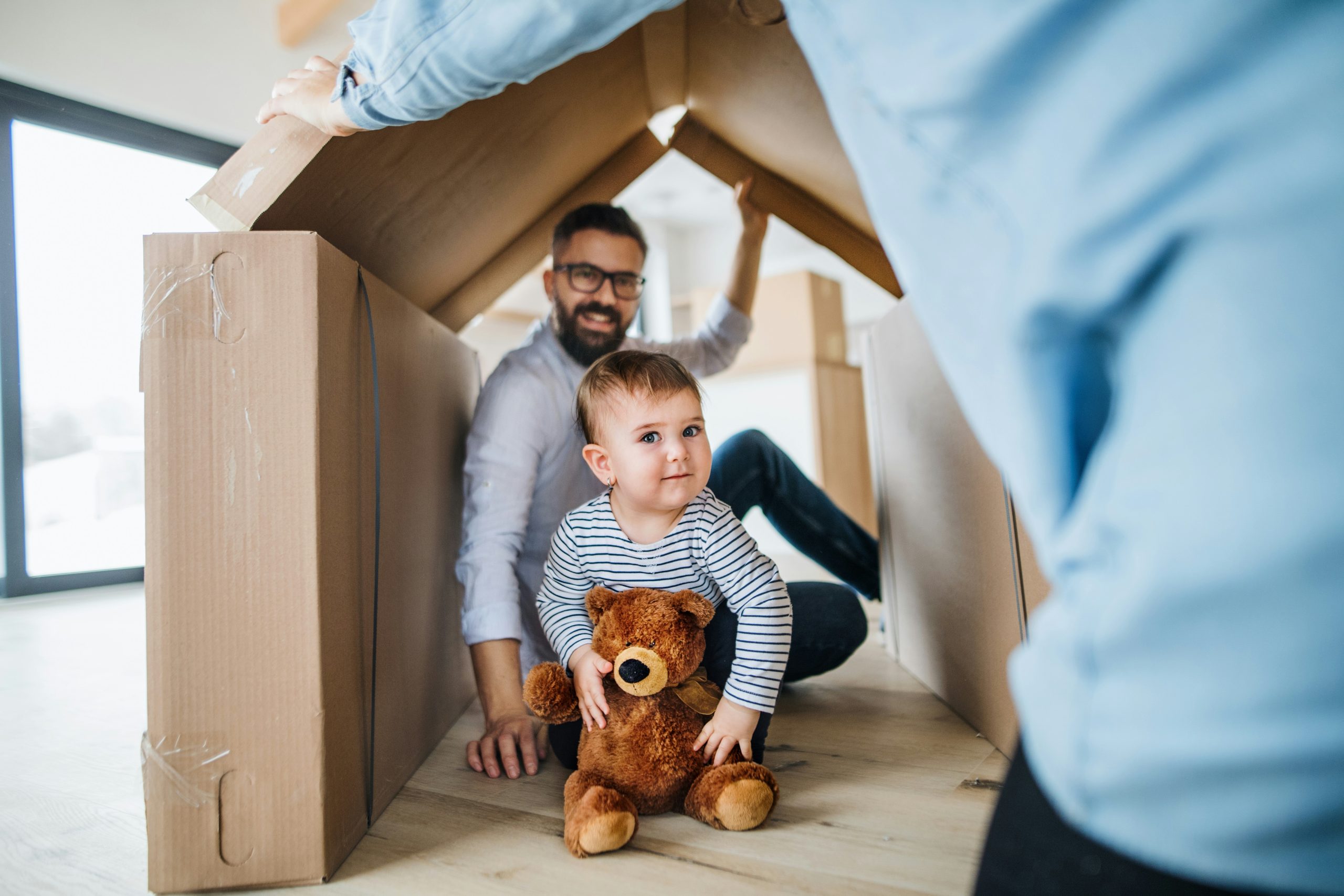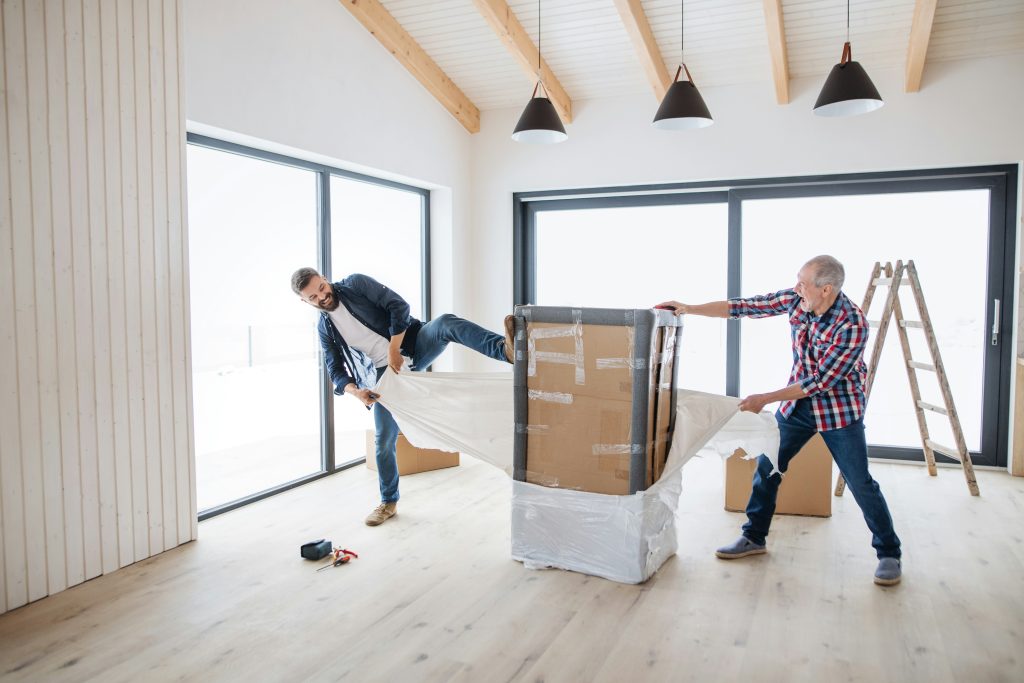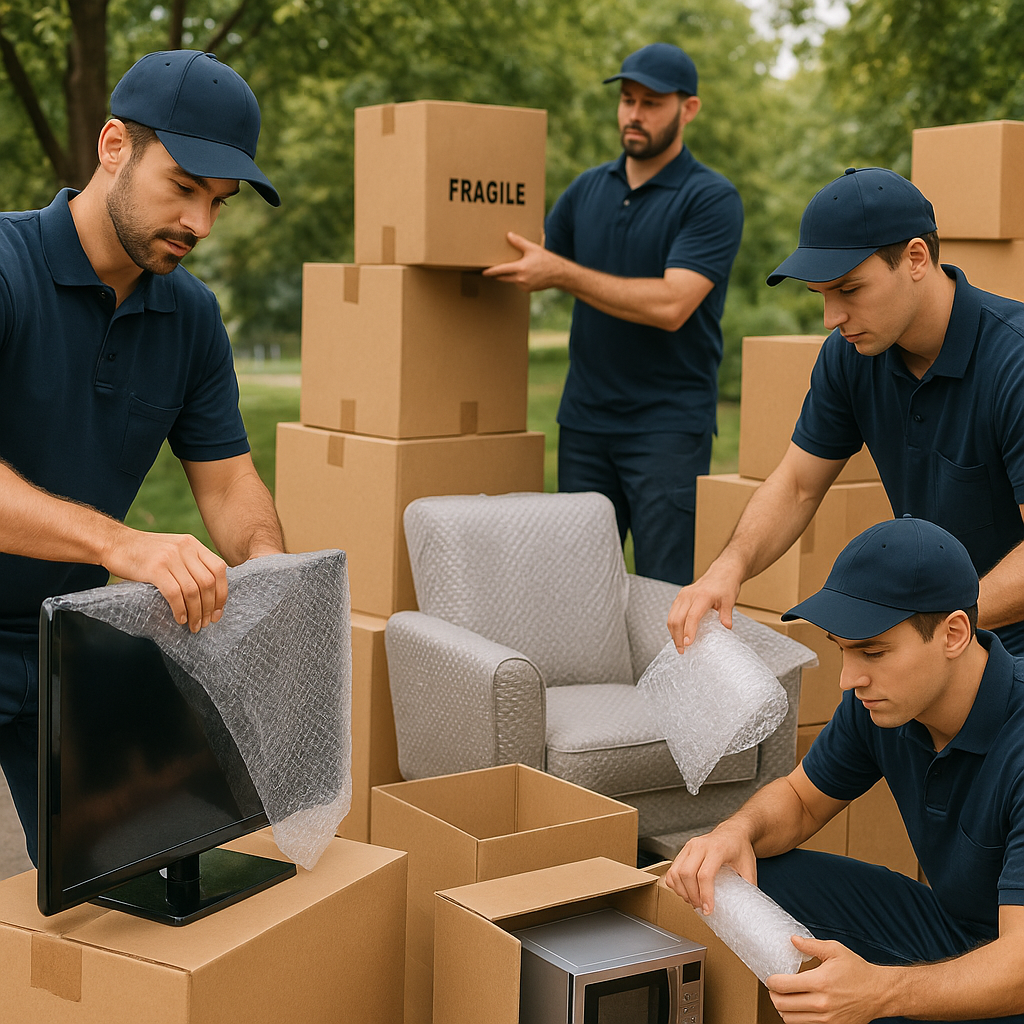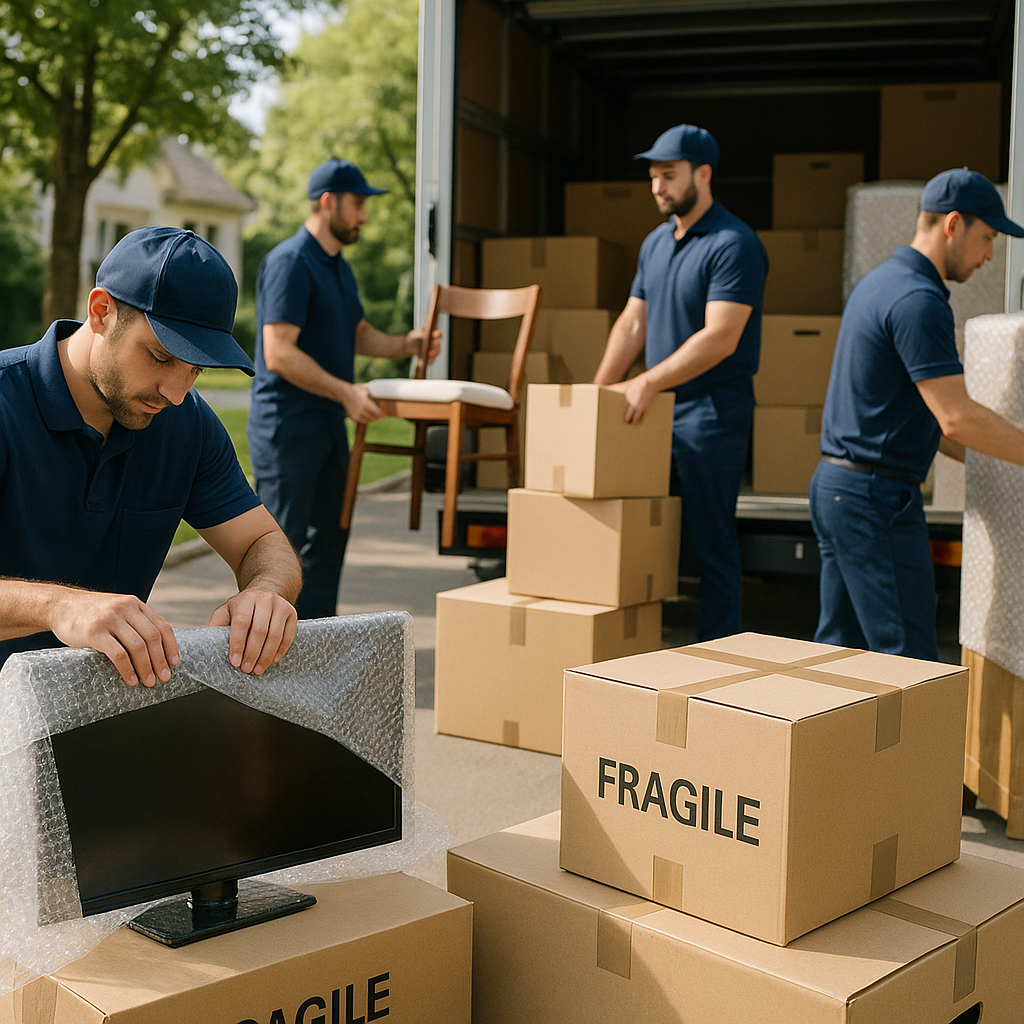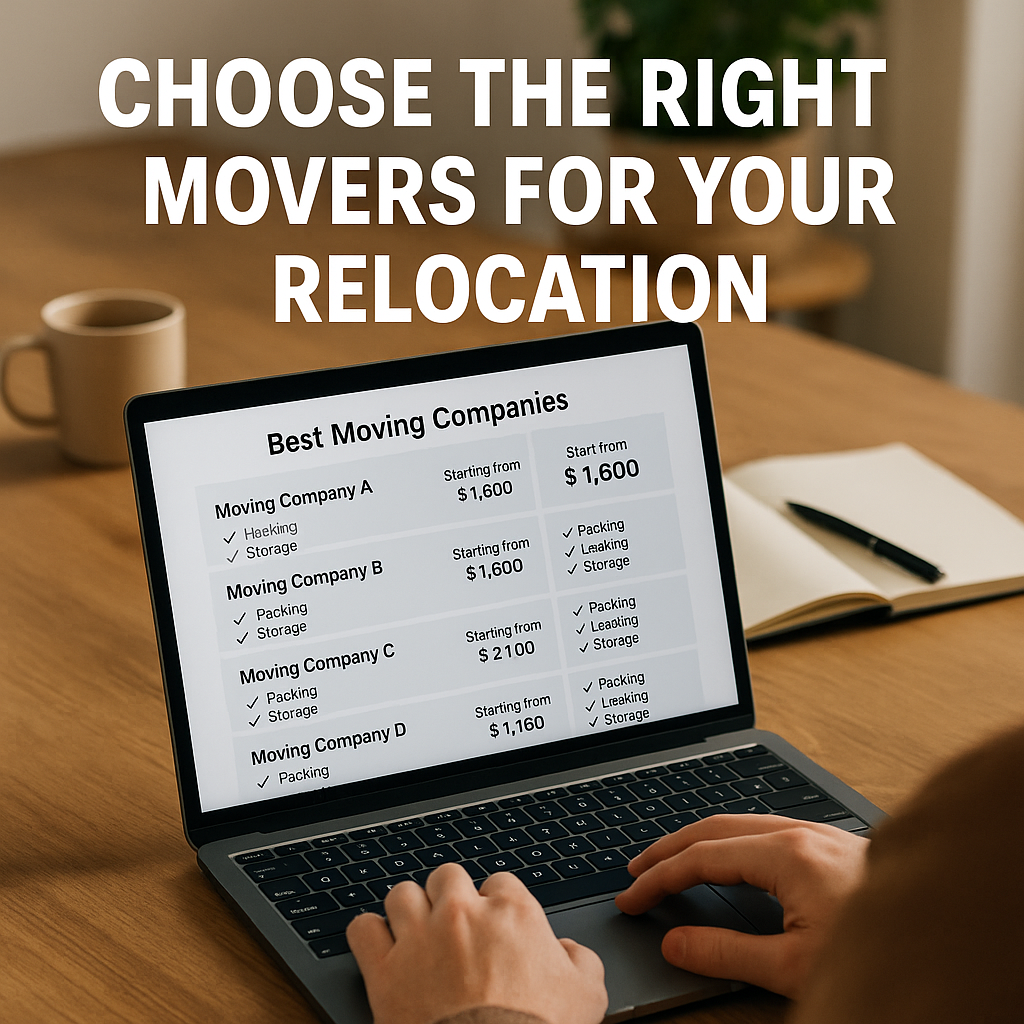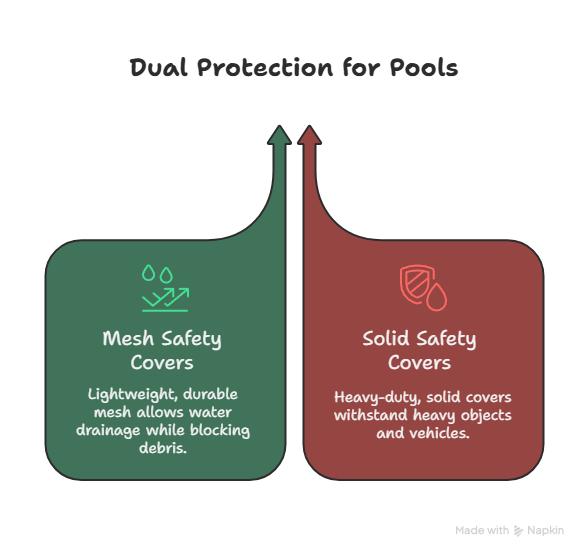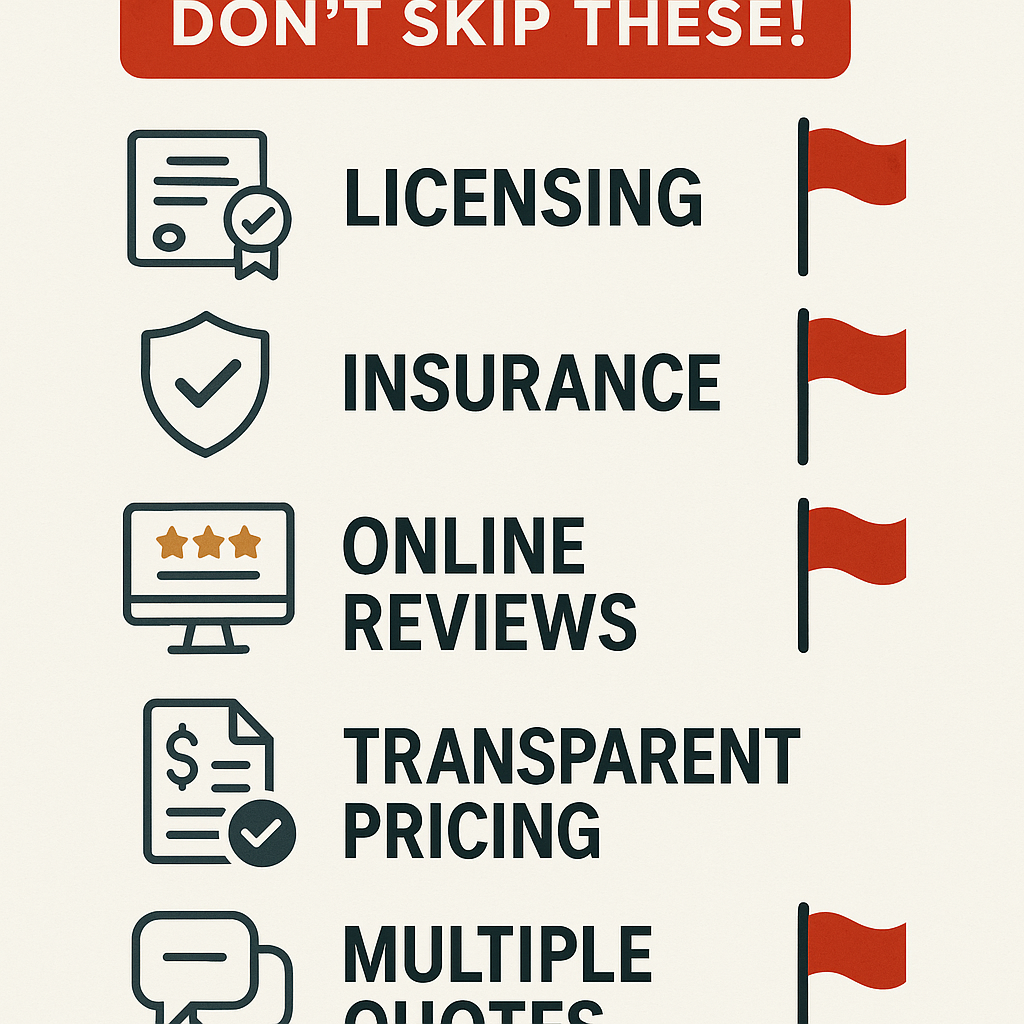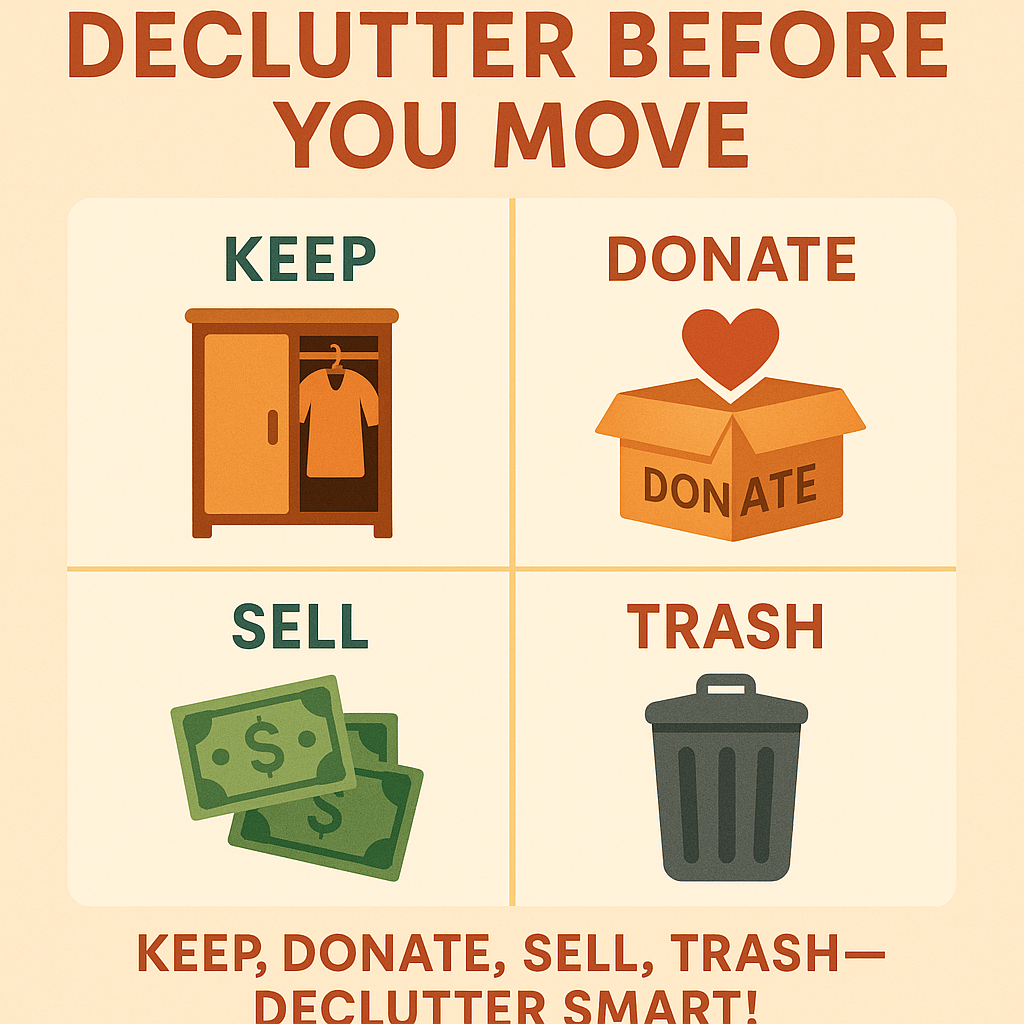Relocating your appliances can be one of the most stressful parts of moving to a new home. Whether you need to move a refrigerator, washer, or stove, these heavy and often fragile items require special attention to ensure they arrive safely. Appliance movers can help you avoid the potential pitfalls of DIY appliance moving, saving you time, effort, and worry. In this essential guide, we’ll explore why professional movers are the key to a stress-free move.
Why You Need Professional Appliance Movers
When it comes to moving large appliances, professional help is a must. While it may seem tempting to move your own appliances, here’s why hiring appliance movers is the smartest choice:
- Heavy Lifting Expertise
- Appliances like refrigerators and washing machines are heavy and awkward to move. Heavy appliance movers near me have the necessary skills to lift and carry these items without causing harm to themselves, your appliances, or your property.
- Proper Equipment for Protection
- Moving large appliances requires more than just strength. Appliance moving services utilize specialized equipment, including dollies, ramps, and padding, to protect your appliances and home from damage during the move.
- Time Efficiency
- Moving appliances on your own can be time-consuming. Hiring appliance movers can help you save time, as they are skilled at quickly and efficiently moving large items, allowing you to focus on other aspects of your move.
- Insurance and Peace of Mind
- Most appliance moving companies offer insurance coverage to protect your items during the move. This extra security ensures that if something goes wrong, you’re covered and don’t have to pay out of pocket for repairs or replacements.
The Appliance Moving Process: Step-by-Step
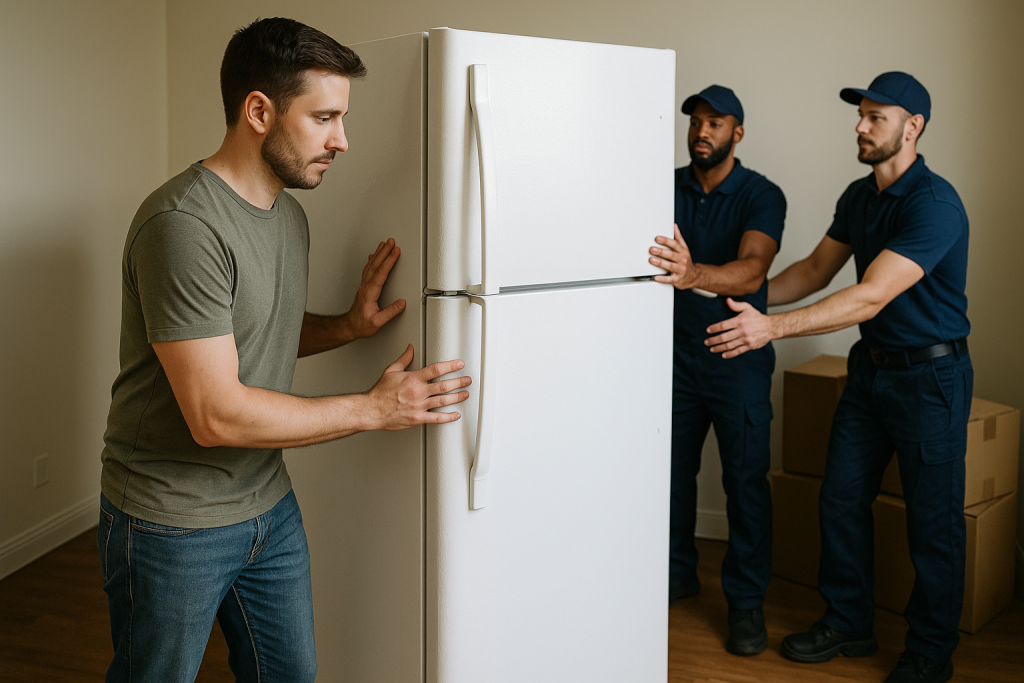
Hiring appliance movers simplifies the entire process. Here’s what you can expect when working with professional movers:
- Initial Consultation and Estimate
- The first step is to contact a moving company to discuss your needs. During the consultation, the movers will assess the number and size of appliances to be moved, as well as any potential obstacles in your home. They will then provide a detailed estimate.
- Packing and Preparation
- On the day of the move, the appliance moving service will prepare your appliances for transport. This includes disconnecting appliances, wrapping them in protective materials, and securing any loose parts to prevent damage. This helps prevent damage during the move.
- Loading and Transporting
- After your appliances are packed and protected, the movers will load them onto the truck using specialized tools and techniques. The appliances will be strapped securely to prevent shifting during the journey to your new home.
- Unloading and Setup
- Once the appliances arrive at your new location, the movers will unload them carefully and place them where you need them. Depending on the service, they may also help you reconnect the appliances and make sure everything is functioning correctly.
Different Types of Appliance Movers You May Need
Not all appliances are the same, so there are different types of appliance movers based on the items you’re moving. Here’s a breakdown of what you might need:
- Heavy Appliance Movers
- Large appliances like refrigerators, washing machines, and dryers require special care. Heavy appliance movers near me have the expertise to safely handle these items, making sure they’re transported without damage.
- Kitchen Appliance Movers
- Smaller appliances, such as dishwashers, microwaves, and stoves, also require attention. Kitchen appliance movers specialize in handling these delicate items to avoid any scratches or damage during the move.
- Commercial Appliance Movers
- Moving commercial-grade equipment, such as industrial refrigerators and ovens, requires movers with specialized experience. Commercial appliance movers are trained to handle large, bulky items with precision and care.
How to Choose the Best Appliance Movers
Choosing the right appliance moving service is essential for a smooth and safe relocation. Here’s how to pick the right movers for your appliances:
- Look for Experience with Your Appliances
- Make sure the moving company has experience moving the type of appliances you own. Whether you need kitchen appliance movers or heavy appliance movers, experience ensures that your appliances are correctly handled.
- Read Reviews and Check References
- Research the company’s reputation by reading customer reviews. A reliable appliance moving company will have positive feedback from previous customers, highlighting their professionalism, care, and punctuality.
- Get Multiple Quotes
- Don’t settle for the first quote you receive. Get quotes from several appliance moving services to compare prices and services. Be sure the estimate includes all fees and costs.
- Confirm Insurance Coverage
- Ensure that the appliance moving service you choose offers insurance coverage. This will protect your appliances in case of damage or accidents during the move.
FAQs
Q: How much do appliance movers charge?
A: The cost of hiring appliance movers depends on the number and size of the appliances, the distance of the move, and any additional services required. On average, local moves can range from $150 to $500.
Q: Is it safe to move appliances by myself?
A: While it’s possible to move appliances yourself, it’s not recommended, especially for larger or heavier items. Without the right equipment and experience, you risk injuring yourself or damaging your appliances. Hiring movers ensures a safe and efficient move.
Q: Do appliance movers help with disconnection and installation?
A: Yes, many appliance moving companies offer services such as disconnecting appliances from water lines and electrical sources, as well as reinstalling them at your new home. Be sure to ask about these services when getting a quote.
Q: How far in advance should I book my appliance movers?
A: It’s a good idea to book your movers at least two to three weeks in advance, particularly during peak moving seasons. This ensures availability and helps you avoid scheduling conflicts.
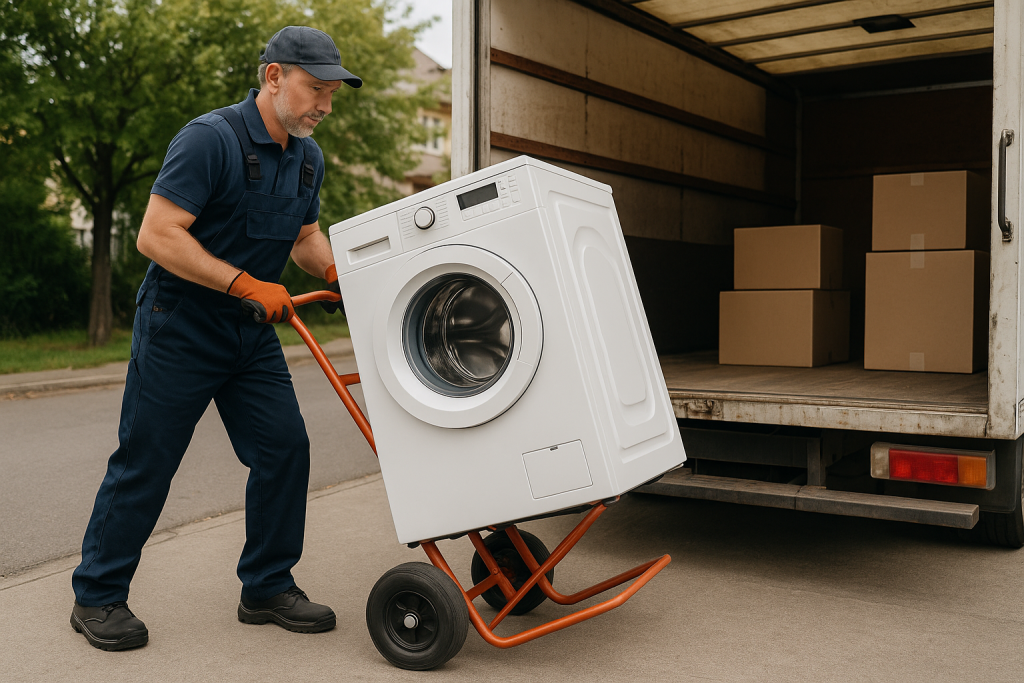
Moving large appliances doesn’t have to be stressful. By hiring professional appliance movers, you can ensure that your appliances are safely and efficiently relocated to your new home. Whether you’re moving kitchen appliances, heavy items like refrigerators, or commercial-grade equipment, experts in the field can handle the job with care. Choose the right appliance moving service, and enjoy a smooth, stress-free move!
Buzzmoving makes your move stress-free by connecting you with trusted movers nationwide. Request a free quote today and let our experts handle all the work!
